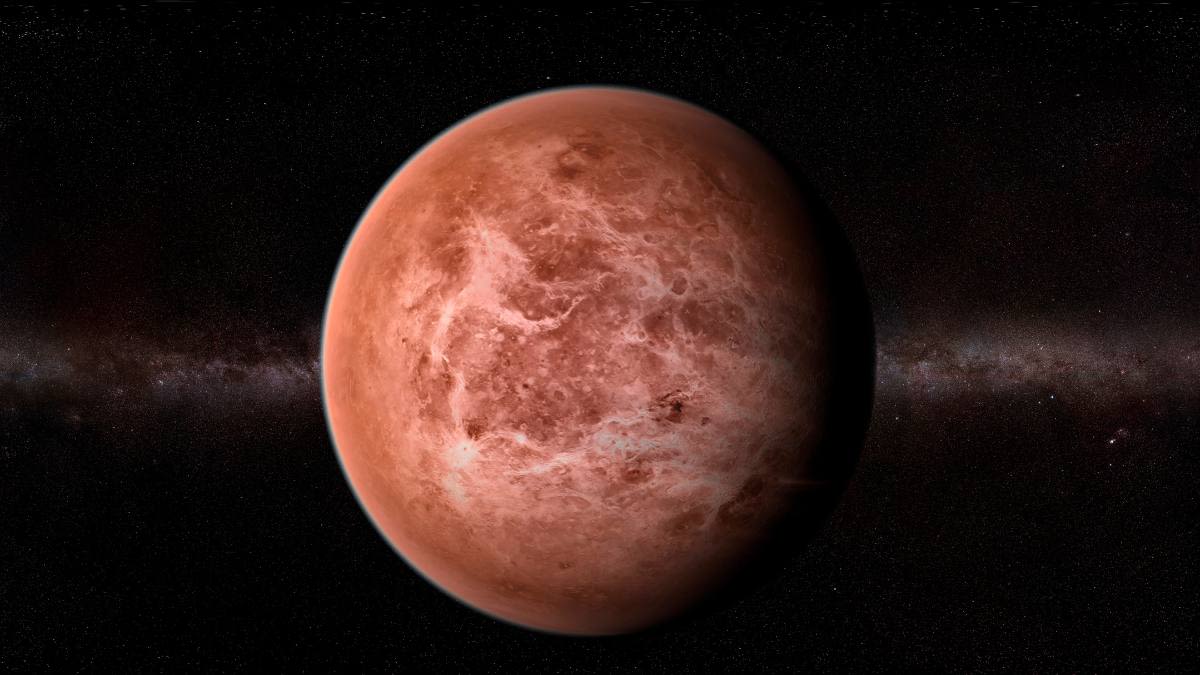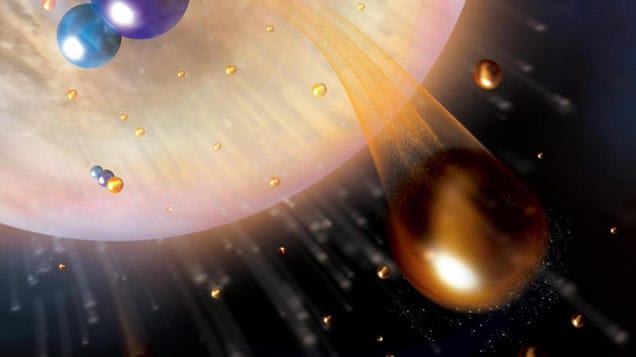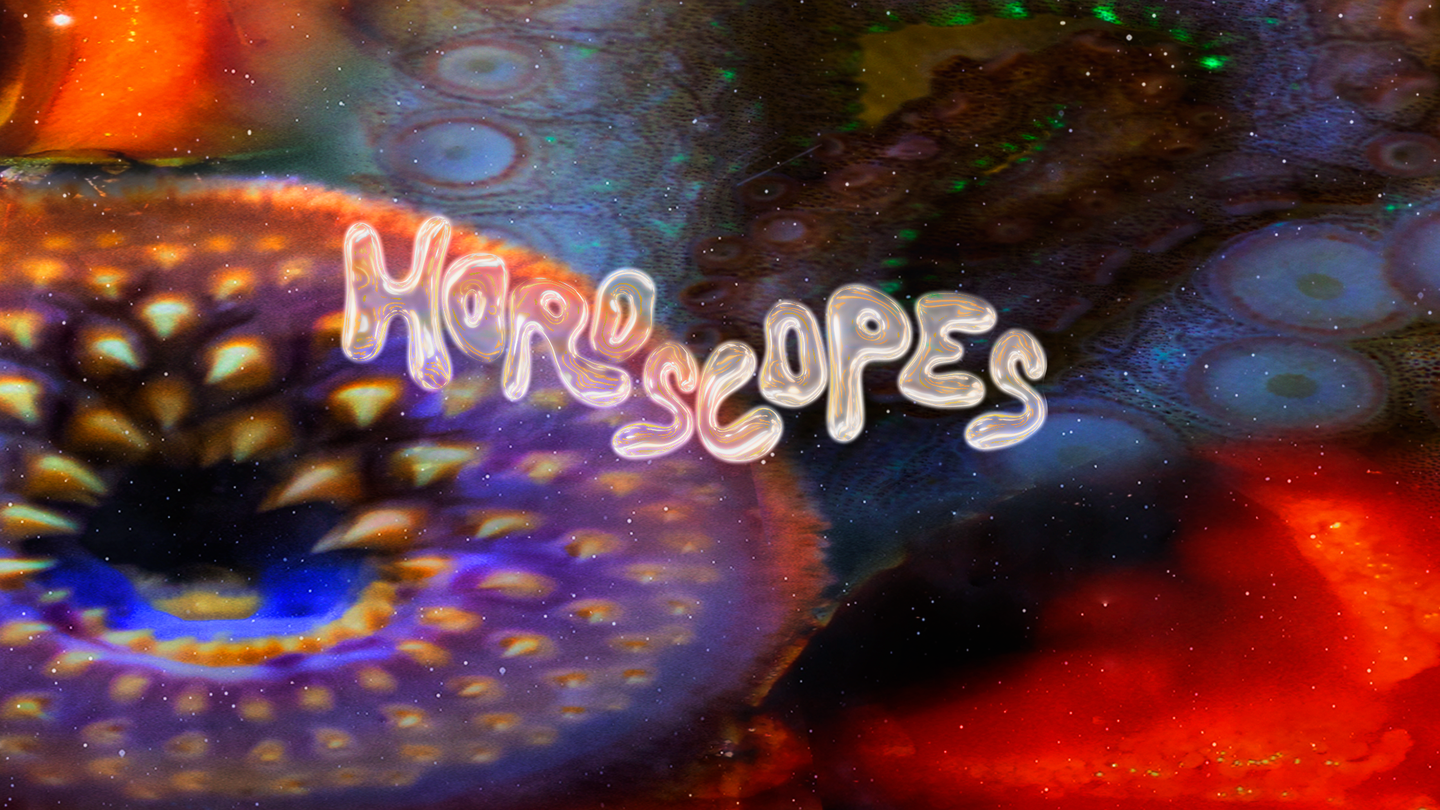Search results
Venus is the second planet from the Sun. It is a terrestrial planet and is the closest in mass and size to its orbital neighbour Earth. Venus is notable for having the densest atmosphere of the terrestrial planets, composed mostly of carbon dioxide with a thick, global sulfuric acid cloud cover.
- Life on Venus
The possibility of life on Venus is a subject of interest in...
- Venus (Mythology)
Venus (/ ˈ v iː n ə s /) is a Roman goddess, whose functions...
- Mercury
Mercury is the first planet from the Sun and the smallest in...
- Observations and Explorations of Venus
Observations of the planet Venus include those in antiquity,...
- Venera 10
Venera 10 (Russian: Венера-10 meaning Venus 10), or 4V-1 No....
- Transit of Venus
A transit of Venus takes place when Venus passes directly...
- List of Missions to Venus
Missions to Venus constitute part of the exploration of...
- Earth
Earth is the third planet from the Sun and the only...
- Life on Venus
Observations of the planet Venus include those in antiquity, telescopic observations, and from visiting spacecraft. Spacecraft have performed various flybys, orbits, and landings on Venus, including balloon probes that floated in the atmosphere of Venus.
News about Survivor 46, Venus Vafa, recap
News about Venus, earnings, Gemini
News about horoscope, May 12-18, Taurus
News about Serena Williams, Venus Williams, Richard Williams
- Physical Properties
- Orbit and Rotation
- Other Websites
Venus is a terrestrial planet so, like the Earth, its surface is made of rock. Venus is much hotter than Earth. All the carbon dioxide in the atmosphere acts like a blanket, trapping heat from the Sun. This effect is called the greenhouse effect and it is very strong on Venus. This makes the surface of Venus the hottest of any planet's surface in t...
Venus orbits the Sun at an average distance of about 108 million km (68~ million mi). It completes an orbit every 224.7 days. The rotation of Venus is slow. A Venusian sidereal dayis longer than a Venusian year.
Venus Archived 2011-05-20 at the Wayback Machine- 0.006772
- 0.723332 AU, 108,208,000 km
- 0.718440 AU, 107,477,000 km
People also ask
Is Venus a terrestrial planet?
What is the geology of Venus?
Is Venus a star?
Is Venus a spherical planet?
Venus is the second planet from the Sun. It is a terrestrial planet and is the closest in mass and size to its orbital neighbour Earth. Venus is notable for having the densest atmosphere of the terrestrial planets, composed mostly of carbon dioxide with a thick, global sulfuric acid cloud cover.
Venus, the third brightest object after the Sun and Moon, was named after the Roman goddess of love and beauty. It’s the only planet named after a female god. Potential for Life
The geology of Venus is the scientific study of the surface, crust, and interior of the planet Venus. Within the Solar System, it is the one nearest to Earth and most like it in terms of mass, but has no magnetic field or recognizable plate tectonic system.
The atmosphere of Venus is the very dense layer of gasses surrounding the planet Venus. Venus's atmosphere is composed of 96.5% carbon dioxide and 3.5% nitrogen, with other chemical compounds present only in trace amounts.



